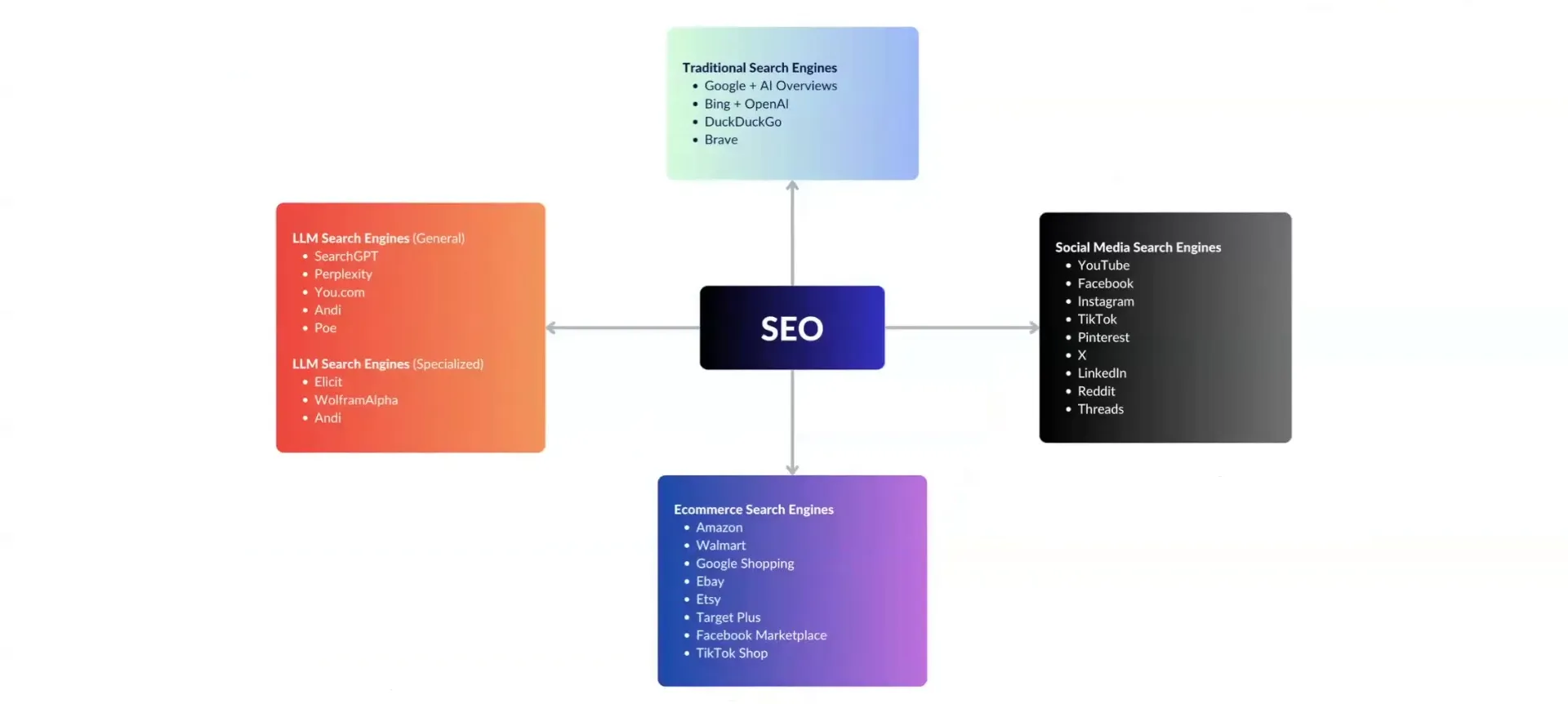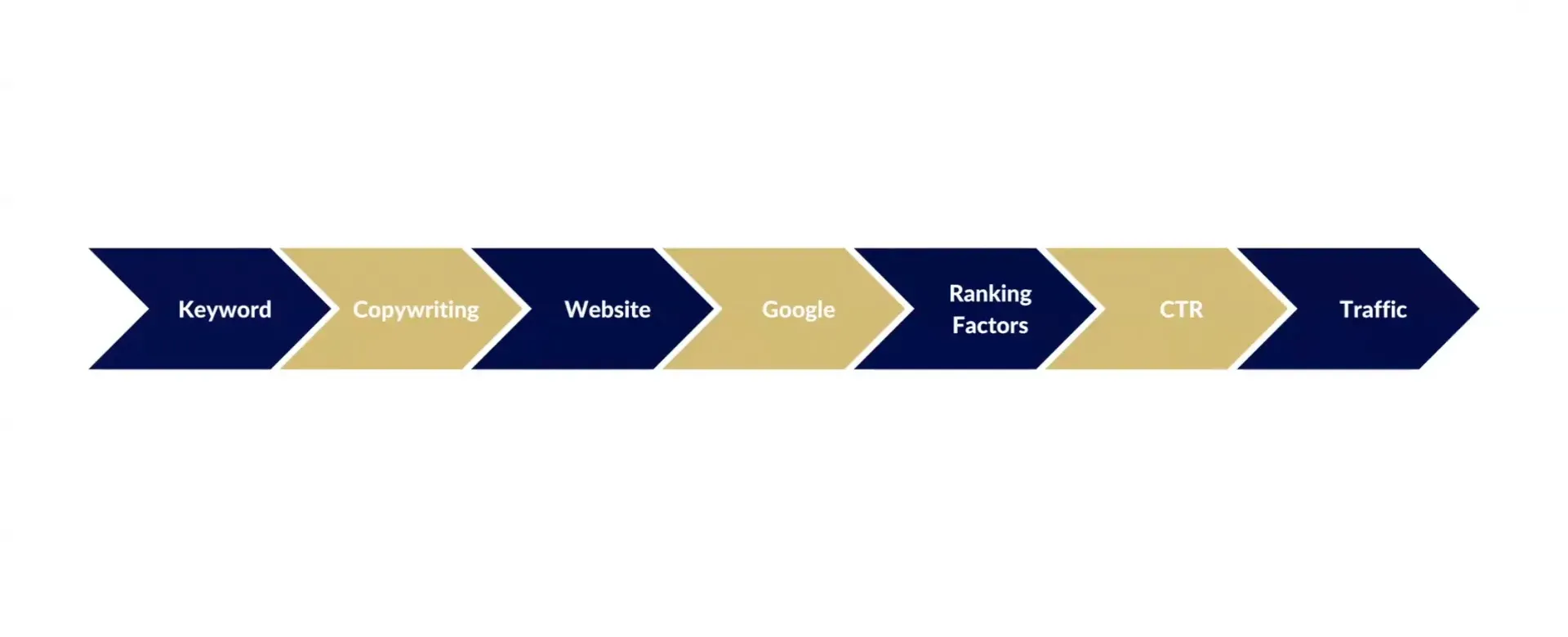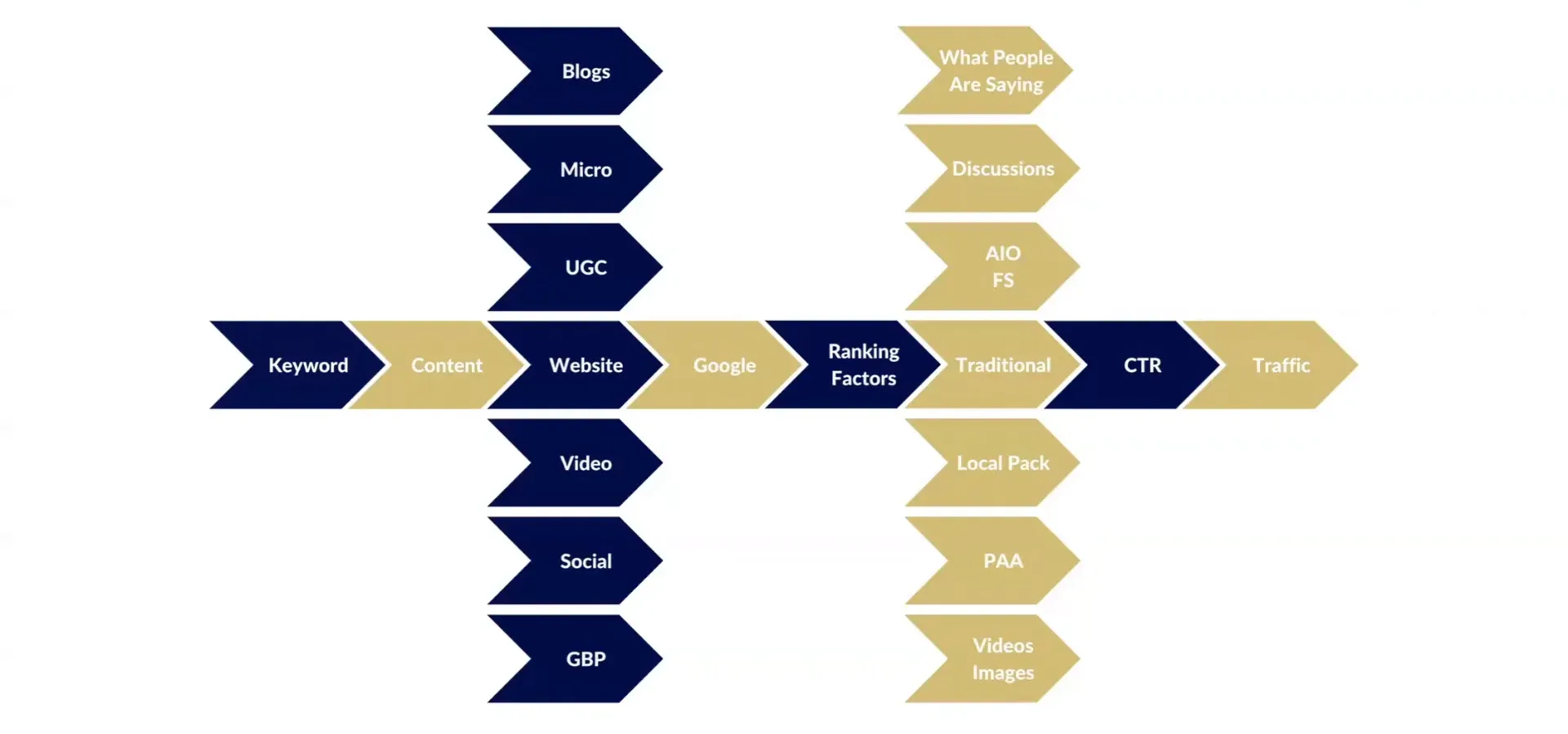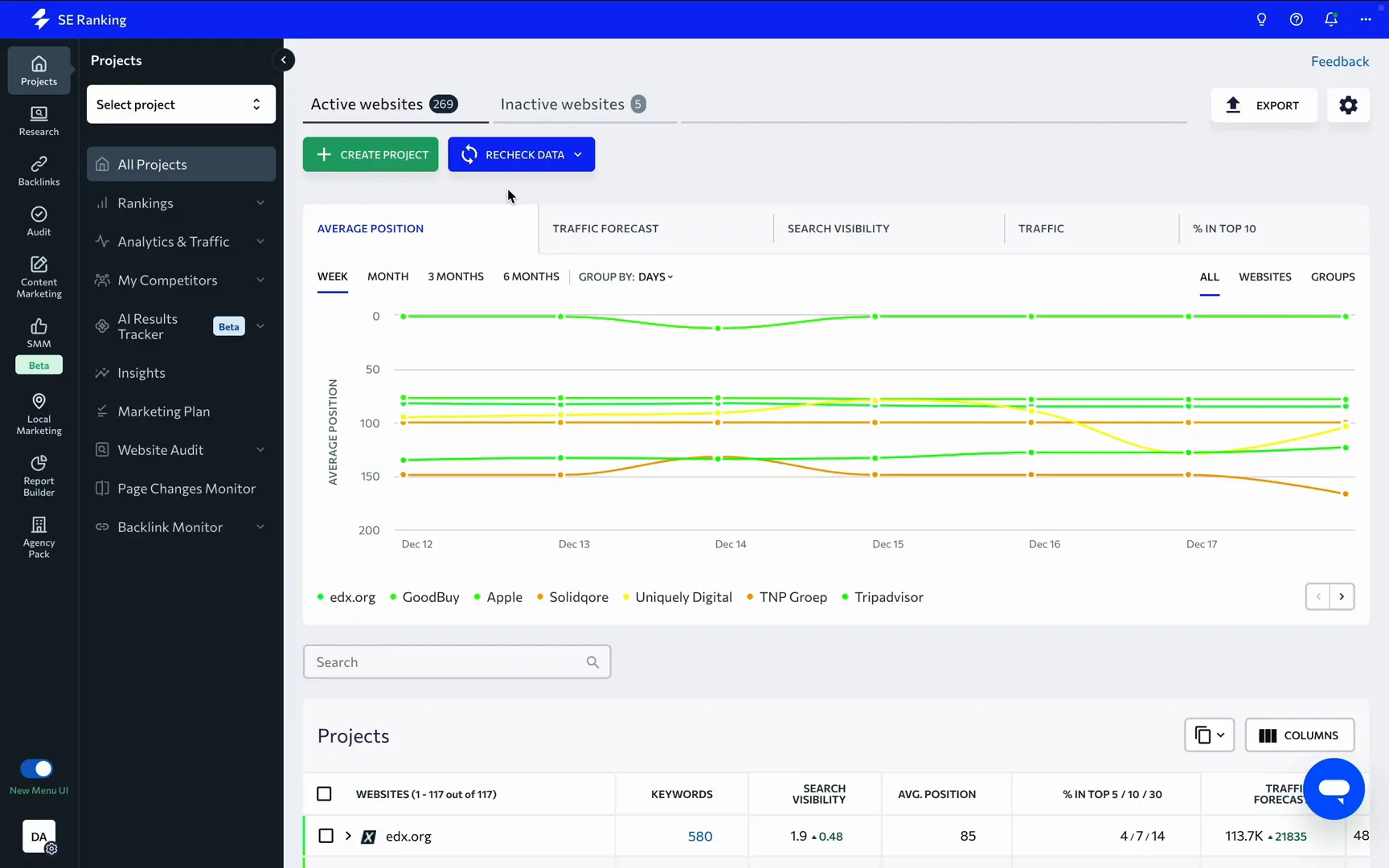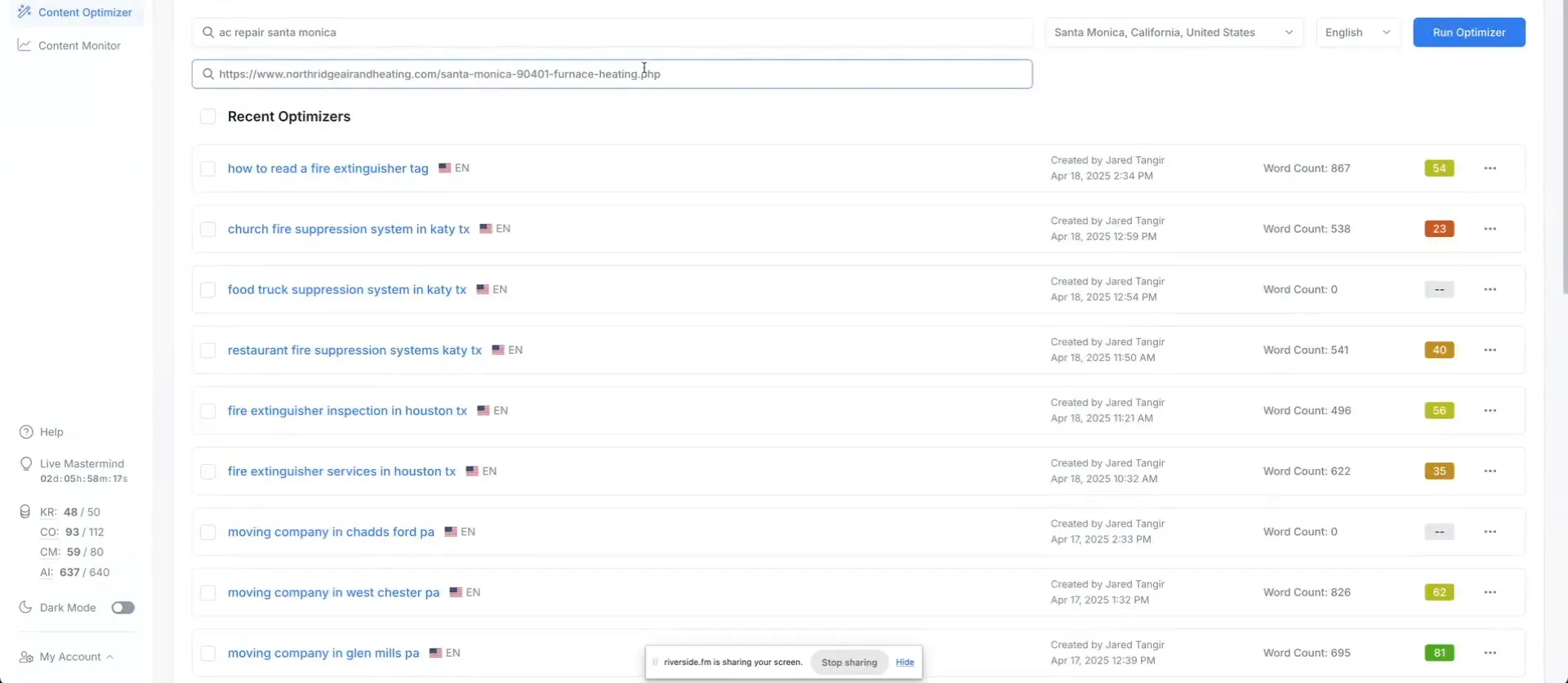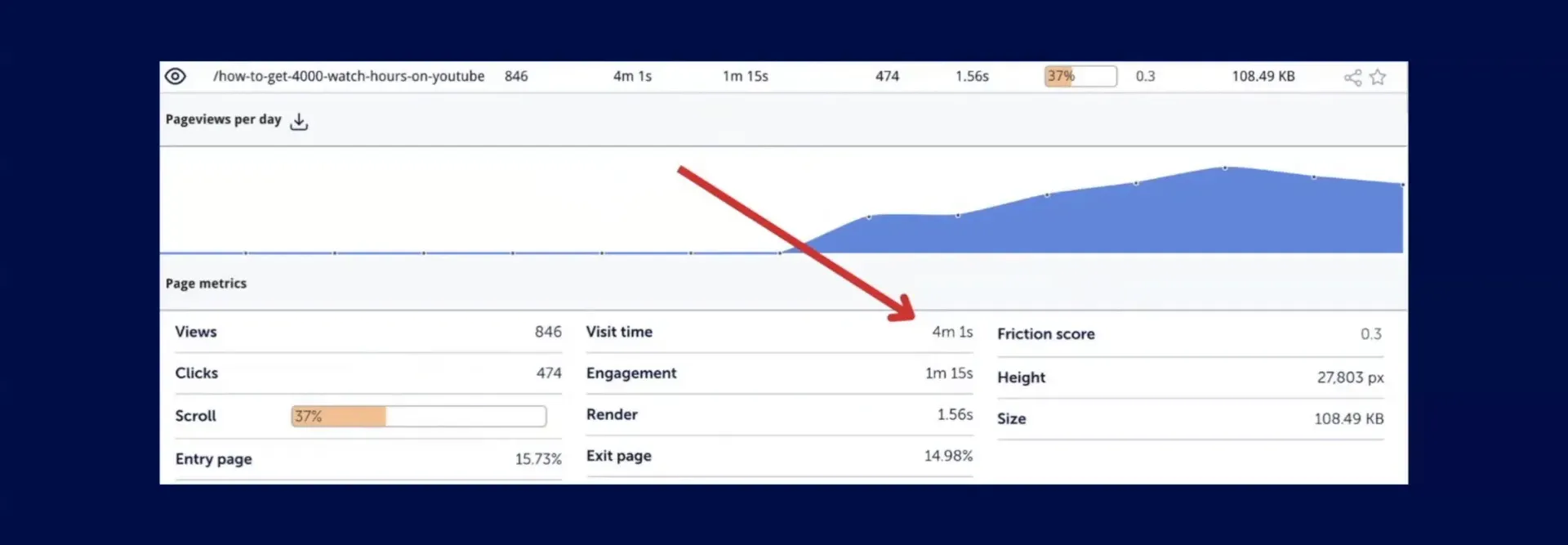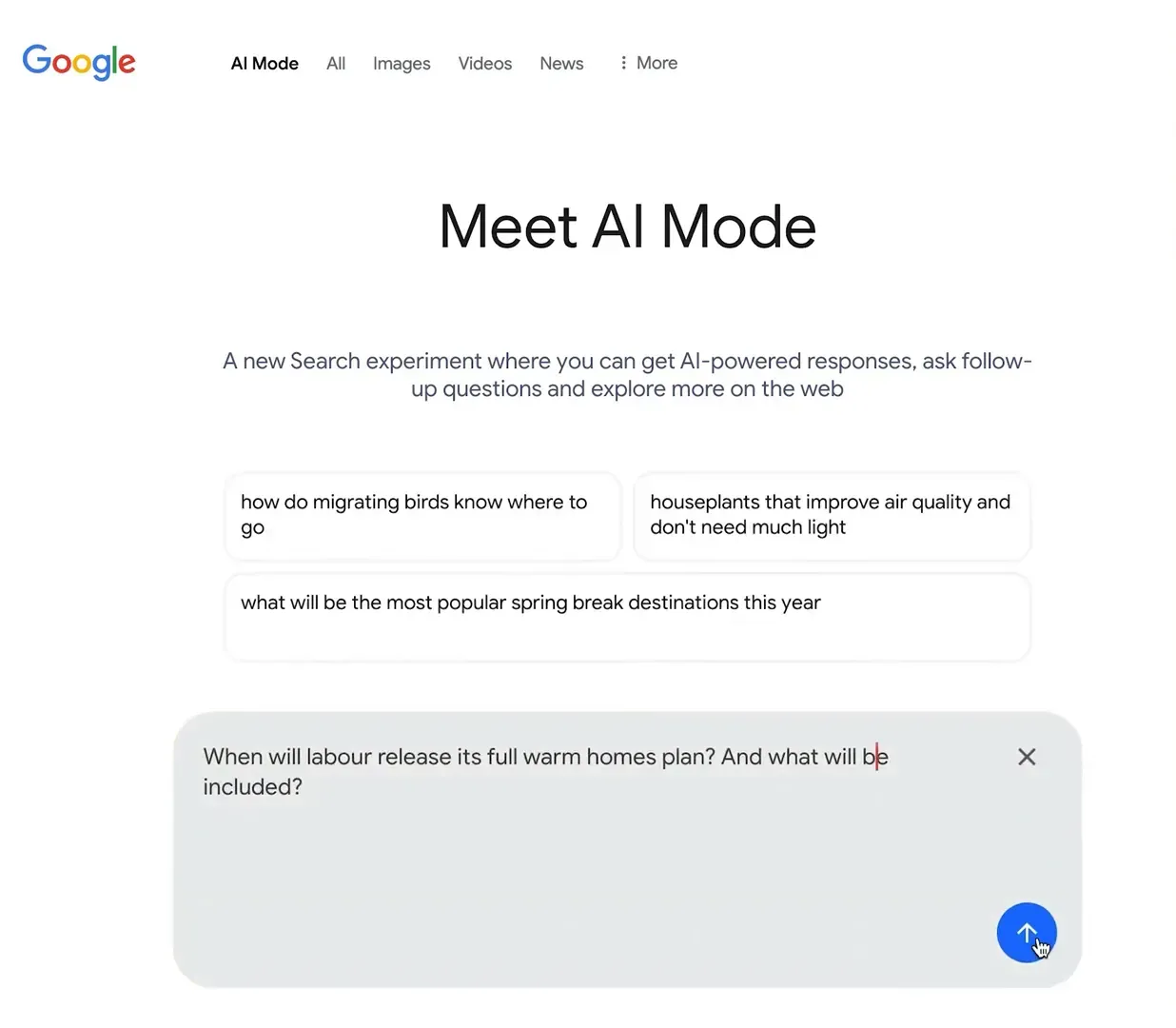As the digital landscape evolves, so does the world of SEO. This blog explores the transition from traditional SEO strategies to the more dynamic and omnipresent SEO 2.0 approach, offering 15 essential insights to help businesses thrive in the changing environment.
Table of Contents
- Introduction to SEO 2.0
- The Era of SEO 1.0
- Transitioning to SEO 1.5
- Understanding SEO 2.0
- Crafting a Robust SEO Strategy
- The Concept of Micro Authority
- Developing a Winning Content Strategy
- Feeding the Machines: Importance of Content
- The Role of Backlinks in SEO 2.0
- Utilizing Social Media for SEO
- Navigating E-commerce Search Engines
- The Importance of Owned and Rented Assets
- Learning from Data and Analytics
- Future-Proofing Your SEO Strategy
- FAQs on SEO 2.0
Introduction to SEO 2.0
SEO has evolved significantly over the years, transitioning from a relatively straightforward process to a complex and multifaceted strategy. The introduction of SEO 2.0 marks a pivotal moment in this evolution, emphasizing the need for a more holistic approach that encompasses not only traditional search engines but also social media, video platforms, and various other digital landscapes.
In this new era, businesses are required to adopt an omnipresent SEO strategy—one that ensures visibility across multiple platforms and engages audiences wherever they may be. This shift is driven by the changing behaviors of users and the evolving algorithms of search engines.
As we delve into SEO 2.0, it is crucial to understand the foundational elements that continue to drive success in this new landscape. By focusing on content, user experience, and strategic promotion, businesses can navigate the complexities of modern SEO and stay ahead of the competition.
The Era of SEO 1.0
SEO 1.0, often referred to as the “good old days,” was characterized by simplicity. The process revolved around identifying a target keyword, creating content around that keyword, and optimizing a webpage to rank in search engine results. This straightforward approach allowed businesses to achieve visibility with relative ease.
During this period, SEO professionals primarily focused on keyword research and on-page optimization. The core elements included ensuring that the targeted keyword appeared in the title, headers, and body of the content. Once a page was published, search engines like Google would crawl the content, evaluate its relevance, and determine its ranking based on established factors.
However, as the digital landscape evolved, so did the strategies required for effective SEO. The rise of social media, mobile devices, and diverse content formats necessitated a broader understanding of how to engage audiences and maintain visibility across multiple channels.
Transitioning to SEO 1.5
As we moved into what can be termed SEO 1.5, the focus shifted slightly. While keywords and content remained essential, search engines began to incorporate a wider variety of content types into their ranking algorithms. Google started evaluating not only traditional webpages but also videos, social media posts, and other online content.
This transition highlighted the importance of a multi-channel approach to SEO. Businesses were encouraged to leverage various platforms, including YouTube, Reddit, and Quora, to enhance their online presence. By diversifying content strategies, companies could capture a larger audience and improve their overall visibility.
Despite these changes, some fundamental aspects of SEO remained constant. Backlinks and website authority continued to be critical ranking factors, while user signals emerged as a significant variable influencing search rankings. Understanding these shifts laid the groundwork for the more comprehensive SEO 2.0 strategy that followed.
Understanding SEO 2.0
SEO 2.0 represents a new paradigm in search engine optimization, where the focus is on adopting a holistic strategy that integrates various digital platforms. This approach emphasizes the need to optimize content not just for traditional search engines but also for social media, video platforms, and emerging technologies like large language models.
At its core, SEO 2.0 encourages businesses to engage in omnipresent marketing—ensuring that they can be found wherever their audience is searching. This includes optimizing for search engines like Google, Bing, and DuckDuckGo, while also considering platforms like YouTube and TikTok, where user engagement is rapidly growing.
Additionally, SEO 2.0 requires a greater emphasis on user experience. The design, speed, and overall functionality of a website play a crucial role in retaining visitors. By leveraging tools such as Hotjar or Mouseflow, businesses can gain insights into user behavior and make data-driven decisions to enhance their online presence.
Crafting a Robust SEO Strategy
To thrive in the world of SEO 2.0, businesses must craft a robust strategy that encompasses the following key elements:
- Content Creation: Producing high-quality, relevant content that resonates with the target audience is fundamental in SEO. This not only helps in ranking but also in establishing authority in the niche.
- User Experience: Optimizing the website for speed, mobile-friendliness, and overall usability is essential. A seamless user experience encourages visitors to stay longer and engage more with the content.
- Promotion: Actively promoting content through various channels, including social media and email marketing, can significantly enhance visibility and drive traffic to the website.
- Backlink Building: Focusing on acquiring backlinks from authoritative websites remains a vital aspect of SEO. This helps in improving domain authority and search engine rankings.
- Monitoring and Analytics: Continuously monitoring performance through tools like Google Analytics allows businesses to refine their strategies based on real-time data and user engagement metrics.
By integrating these elements into a cohesive SEO strategy, businesses can successfully navigate the complexities of SEO 2.0 and ensure their online presence remains strong in an ever-evolving digital landscape.
For further insights and actionable strategies, consider exploring related topics such as actionable SEO techniques or an SEO checklist for 2025. Understanding the nuances of local SEO can also be beneficial, as highlighted in mastering local SEO.
The Concept of Micro Authority
Micro authority refers to the ability of individuals or brands to establish themselves as experts within specific niches or sub-niches. In the context of SEO 2.0, this concept is crucial because it allows businesses to connect with their target audience on a more personal level.
By focusing on micro authority, businesses can create content that resonates deeply with smaller, more targeted groups. This approach often leads to higher engagement rates and fosters a loyal following. For instance, a painting company that specializes in eco-friendly paints can position itself as a micro authority in sustainable painting practices.
When businesses embrace micro authority, they can benefit from:
- Increased Trust: Establishing credibility within a niche helps build trust with potential customers.
- Better Engagement: Targeted content can lead to higher engagement rates as it speaks directly to the audience’s interests.
- Enhanced Visibility: Niche content is often less competitive, making it easier to rank in search results.
Developing a Winning Content Strategy
A winning content strategy is essential for businesses looking to thrive in the SEO 2.0 landscape. The focus should be on creating high-quality, relevant content that not only attracts visitors but also engages and converts them into customers.
Here are key elements to consider when developing a content strategy:
- Audience Research: Understand your target audience’s needs, preferences, and pain points. Utilize tools like Google Analytics or social media insights to gather data.
- Content Diversification: Incorporate various content formats such as blogs, videos, infographics, and podcasts to cater to different preferences.
- Consistency: Maintain a consistent posting schedule to keep your audience engaged and coming back for more.
- SEO Optimization: Ensure that all content is optimized for search engines by using relevant keywords, meta tags, and headers.
By implementing these strategies, businesses can foster a loyal audience, improve brand visibility, and drive traffic to their websites. For more insights, consider exploring our article on content marketing for painting contractors.
Feeding the Machines: Importance of Content
In the realm of SEO 2.0, content is the lifeblood that feeds search engines and social platforms. The more high-quality content a business produces, the better its chances of being discovered by potential customers.
Content should be:
- Valuable: Provide actionable insights or solutions that address the audience’s needs.
- Shareable: Create content that encourages sharing across social media platforms, which can amplify reach.
- Engaging: Use storytelling techniques to captivate the audience and keep them interested.
Moreover, regularly updating content helps maintain relevance and improves SEO rankings. For instance, a blog post about painting techniques can be updated with new insights or trends, keeping it fresh and engaging. This practice not only benefits SEO but also positions the business as a thought leader in the industry.
The Role of Backlinks in SEO 2.0
Backlinks remain a critical factor in SEO 2.0, serving as endorsements from other websites. They signal to search engines that your content is credible and valuable, which can significantly enhance your site’s authority.
To effectively leverage backlinks, consider the following strategies:
- Create High-Quality Content: The foundation of earning backlinks is to produce exceptional content that others want to reference.
- Guest Blogging: Contributing to reputable blogs in your industry can provide valuable backlinks while showcasing your expertise.
- Networking: Building relationships with other businesses and influencers can lead to natural backlink opportunities.
Additionally, tools like Ahrefs or Moz can help monitor your backlink profile and identify opportunities for improvement. For more on building effective backlink strategies, check out our guide on SEO for home service contractors.
Utilizing Social Media for SEO
Social media platforms play an increasingly vital role in SEO 2.0 by driving traffic and enhancing brand visibility. While social signals may not directly impact search rankings, they contribute to overall online presence and user engagement.
To effectively utilize social media for SEO, consider these tips:
- Share Content Regularly: Promote your content across various social media channels to reach a broader audience.
- Engage with Your Audience: Respond to comments and messages promptly to foster community and encourage sharing.
- Use Hashtags: Incorporate relevant hashtags to increase the discoverability of your posts.
Building a strong social media presence not only drives traffic but also enhances brand loyalty. For further insights on leveraging social media, refer to our post on attracting more painting clients through social media.
Navigating E-commerce Search Engines
In the evolving landscape of SEO 2.0, understanding how to navigate e-commerce search engines is crucial for businesses looking to maximize their online presence. E-commerce platforms like Amazon and eBay are not just marketplaces; they function as search engines that require a tailored SEO approach.
Optimizing product listings for these platforms involves multiple strategies:
- Keyword Optimization: Just like traditional SEO, identifying and using relevant keywords in product titles, descriptions, and tags is essential. Tools like keyword research tools can help identify high-traffic keywords specific to your products.
- High-Quality Images: Visual content plays a critical role in e-commerce. Ensure that product images are high resolution, accurately depict the product, and comply with the platform’s guidelines.
- Customer Reviews: Encourage customers to leave reviews. Positive feedback not only boosts credibility but also influences search rankings within e-commerce platforms.
- Competitive Pricing: Regularly analyze competitor pricing. Being competitive in terms of price can enhance visibility on e-commerce search engines.
- Promotions and Discounts: Utilizing promotions can increase click-through rates and sales, which in turn can improve your ranking on e-commerce platforms.
By focusing on these strategies, businesses can effectively navigate the unique challenges presented by e-commerce search engines, improving their visibility and driving sales.
The Importance of Owned and Rented Assets
In the context of SEO 2.0, distinguishing between owned and rented assets is vital for developing a comprehensive strategy. Owned assets include your website, blog, and any content you produce that you have full control over. Rented assets, on the other hand, refer to platforms where you can create content but do not own, such as social media channels and e-commerce sites.
Here’s why both types of assets are important:
- Owned Assets: These are the foundation of your online presence. They allow for complete control over content, design, and branding. Ensuring your website is optimized for SEO can drive organic traffic directly to your business.
- Rented Assets: While you don’t own these platforms, they can significantly amplify your reach. Utilizing social media and e-commerce platforms can drive traffic back to your owned assets, enhancing visibility and engagement.
- Content Distribution: Use rented assets to share content from your owned assets, driving traffic and increasing authority. This approach helps in training search algorithms about your brand and offerings.
Balancing both asset types can lead to a more robust digital marketing strategy that leverages the strengths of each to build authority and drive traffic.
Learning from Data and Analytics
Data and analytics play a pivotal role in shaping your SEO strategy. By consistently analyzing performance metrics, businesses can make informed decisions that enhance their online presence. Here are some key areas to focus on:
- Traffic Sources: Identify which channels drive the most traffic to your site. Understanding where your visitors come from can help refine your marketing efforts.
- User Behavior: Tools like Google Analytics provide insights into how users interact with your site. Analyzing bounce rates, time spent on pages, and conversion rates can highlight areas for improvement.
- Keyword Performance: Regularly review which keywords are driving traffic and conversions. This data can guide future content creation and optimization efforts.
- Competitor Analysis: Monitor competitors’ performance to identify trends and areas where you can improve or differentiate your offerings.
By leveraging data and analytics, businesses can create a more effective SEO strategy, allowing for continuous improvement and adaptation to changing market dynamics.
Future-Proofing Your SEO Strategy
As SEO continues to evolve, future-proofing your strategy is essential. Here are some key considerations to ensure your SEO efforts remain effective:
- Stay Updated: Keep abreast of changes in search engine algorithms and digital marketing trends. Resources like SEO and PPC guides can provide valuable insights into emerging best practices.
- Diversify Content Formats: Embrace various content types, such as videos, blogs, podcasts, and social media posts, to engage a broader audience.
- Focus on User Experience: Ensure your website is user-friendly, mobile-responsive, and fast-loading. A positive user experience can significantly impact search rankings.
- Leverage Technology: Utilize AI and machine learning tools to optimize your content and analyze data more effectively.
By proactively addressing these elements, businesses can build a resilient SEO strategy that adapts to the ever-changing digital landscape.
FAQs on SEO 2.0
As businesses navigate the complexities of SEO 2.0, several common questions arise:
- What is SEO 2.0? SEO 2.0 refers to a more holistic approach to search engine optimization that includes various digital platforms, user experience, and content diversity.
- How do I measure SEO success? Key performance indicators (KPIs) such as organic traffic, conversion rates, and keyword rankings provide insights into SEO success.
- Is content still king? Yes, high-quality content remains a cornerstone of effective SEO. It drives engagement, builds authority, and improves search rankings.
- How can I improve my website’s SEO? Focus on optimizing content, enhancing user experience, building backlinks, and utilizing data analytics to inform your strategy.
By addressing these FAQs, businesses can clarify their understanding of SEO 2.0 and implement effective strategies for success.
